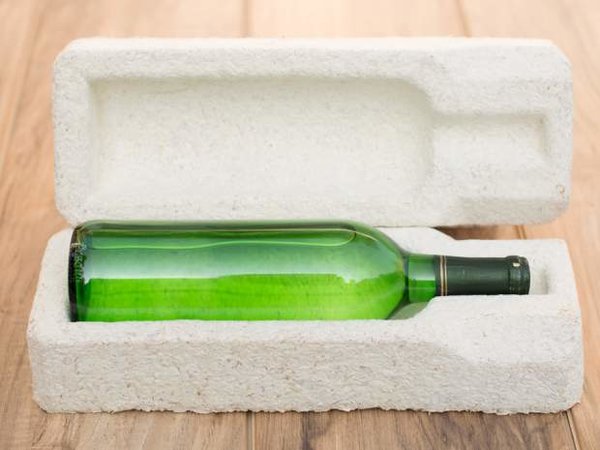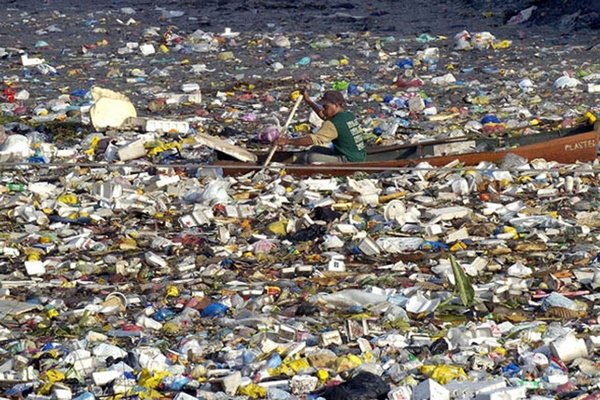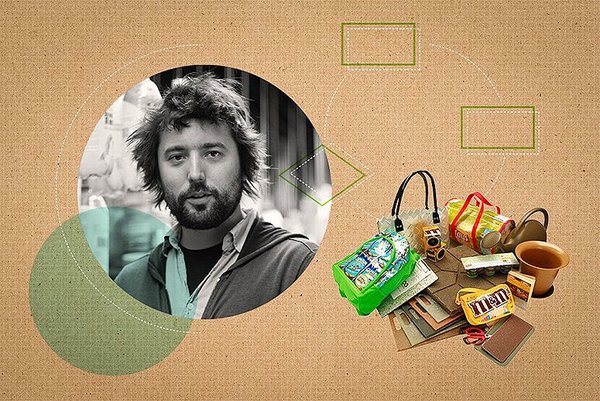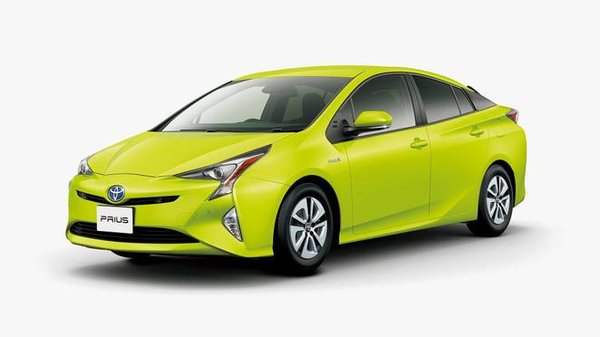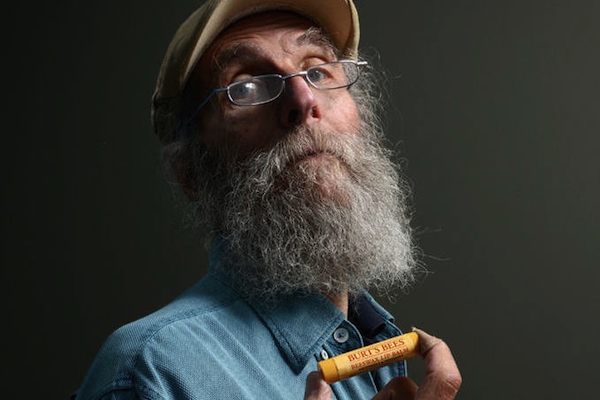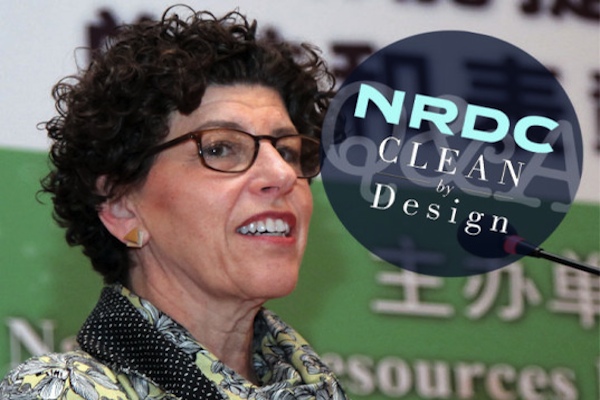In this “Women as Game Changers” summit interview, Cristina Bernardo will share how she has uniquely combined her passions for international development and empowerment of women to create jobs internationally. And she is here to share with you how she started making a difference not only locally, but internationally.
Continue reading... →Ikea is planning to use packaging made with mushrooms as an eco-friendly replacement for polystyrene.
The furniture retailer is looking at using the biodegradable mycelium “fungi packaging” as part of its efforts to reduce waste and increase recycling, Joanna Yarrow, head of sustainability for Ikea in the U.K., said.
If we continue as “business as usual”, there will be more plastic than fish in the ocean by 2050, as stated in a report from the Ellen MacArthur Foundation published Tuesday. To combat this projection, the report also recommends applying “circular economy principles” to global plastic packaging flows, which could “transform the plastics economy and drastically reduce negative externalities such as leakage into oceans,”.
Continue reading... →“One man’s trash is another man’s treasure,” as the saying goes. For TerraCycle founder Tom Szaky, it was more than a saying—it was also his business plan. Founded in 2003, TerraCycle takes your garbage—everything and anything you could throw away or recycle—and transforms it into consumer products like cutting boards, reusable grocery bags, and even yard fencing.
Continue reading... →Toyota moves away from designing cars just for style and adds utilitarian complexity. Its new lime green paint is designed to be safer on the road while saving energy as it is “packed with tiny reflective titanium oxide particles and doesn’t contain carbon black, a common ingredient in paint that tends to absorb lots of heat.”
Continue reading... →5 DIY Recipes that are good for you, the planet, and your purse. In a world where clever marketing distracts us from the actual ingredients in our toiletries, it’s hard to know exactly what we’re using to wash our bodies. In reality, 10,500 different chemical ingredients can be found in our vast body care market—some of which are thought to be carcinogenic or harmful to our endocrine system. Research done by the Cosmetic Ingredient Review in 2012 revealed a list of unsafe ingredients commonly used. The study exposed safety concerns ranging from skin depigmentation to reproductive problems. Other research on these chemicals remains inconclusive, but you can avoid any potential risks by opting to cook up your own body care products at home. Here are a few that we tried. SHAMPOO ½ cup distilled water ¼ cup unscented liquid castile soap ¼ teaspoon essential oil of choice Combine all of the ingredients in a bottle—any old bottle will work. Shake the ingredients well to make sure that the mixture is consistent. Pour some atop your head and lather. TOOTHPASTE ½ teaspoon baking soda ½ teaspoon salt 1 drop essential oil (peppermint, sweet orange, clove, or cinnamon bark is recommended) A […]
Continue reading... →These contractors are taking the term “going green” quite literally. As part of an emerging trend here in the U.S., many buildings are incorporating the use of a hemp-based material to provide insulation. The brick, which is known as “hempcrete,” is made by mixing the wood-like interior of the Cannabis sativa plant with lime and water to form a block that serves as a flexible, breathable, and fireproof insulation that is impervious to mold and pests. For decades, because the plant contains trace amounts (.3%) of THC, the chemical found in marijuana, it has not been legal to grow in the US. Though it can be imported from Canada, builders might soon be able to use ‘Made in the USA’ plants, since the farm bill passed last year allowed a few hemp-farming pilot projects to launch. So far, 20 states have removed barriers to industrial hemp production. It could become even more widely applied if Congress passes the Industrial Hemp Farming Act, introduced early this year, which would amend the Controlled Substances Act to exclude industrial hemp from the definition of marijuana. This would allow American farmers in any state to grow the crop. The New York Times reported that hempcrete has […]
Continue reading... →What if building codes actually required new projects to enhance a certain number of ecosystem services — such as sequestering carbon, building topsoil, enhancing pollination, increasing biodiversity or purifying water and air? Is it possible that a city could be functionally indistinguishable from the wild landscape around it? And what if companies ultimately built factories that truly enhanced ecosystem services? These were the big questions that biologist and biomimicry expert Janine Benyus posed during her keynote presentation at the recent International Living Future Institute’s 2015 unConference in Seattle.
Continue reading... →Burt Shavitz, a rural beekeeper whose homespun marketing for natural personal care products transformed him from an unknown recluse into the familiar scruffy face of a line of balms that healed a million lips, died on Sunday in Bangor, Me. He was 80. The cause was respiratory problems, said Christina Calbi, a spokeswoman for Burt’s Bees®, the company Mr. Shavitz co-founded in 1984 and which was sold to Clorox in 2007 for about $925 million. The brand still bears his bearded visage, wistful eyes and signature striped locomotive engineer’s cap. Even after the sale, Mr. Shavitz remained a paid spokesman for Burt’s Bees, though he had returned to his hermit’s existence in a 400-square-foot converted turkey coop in Parkman, ME, northwest of Bangor. The abode was equipped with a radio and refrigerator but not a television or running hot water. I realized I had it made because you don’t have to destroy anything to get honey. You can just use the same things over and over again, put it in a quart canning jar, and you’ve got $12. In 1984, Mr. Shavitz picked up a 33-year-old hitchhiker, Roxanne Quimby, who became his business and romantic partner. Ms. Quimby, a former […]
Continue reading... →Ecouterre interviews Linda Greer, Director of the Natural Resources Defense Council Linda Greer ranks among the fashion industry’s leading “toxic avengers.” As director of the Natural Resources Defense Council’s five-year-old “Clean by Design” initiative, Greer is on the front line of a sector burdened by high energy and water use and endemic, often catastrophic, pollution. Her Sisyphean task? To leverage the purchasing power of multinational brands and retailers to chip away at the environmental impacts of their manufacturing abroad, beginning with the biggest offender: China. As NRDC prepares to, in its own words, “aggressively expand” the program’s reach, Ecouterre caught up with Greer to learn about her “win-win” strategy, what the early days of Clean by Design were like, and how we can differentiate the “true-gooders” from the “green-washers” in a post–corporate-social-responsibility world. E: How did Clean by Design get its start? LG: In 2008, the president of NRDC asked me to develop a project that would help to reduce the heavy industrial air and water pollution in China and serve as a model the country could use to accelerate its efforts. To do so, I first selected an industry with a heavy environmental footprint. Textiles distinguished itself as one […]
Continue reading... →
